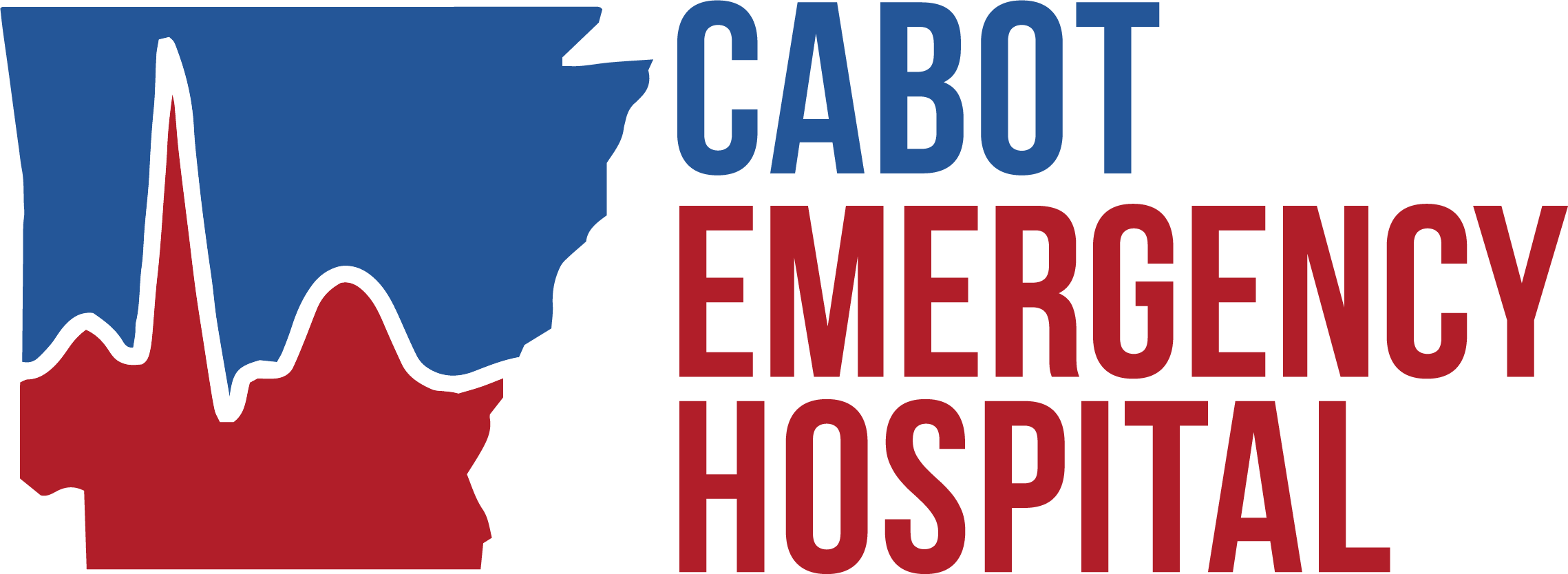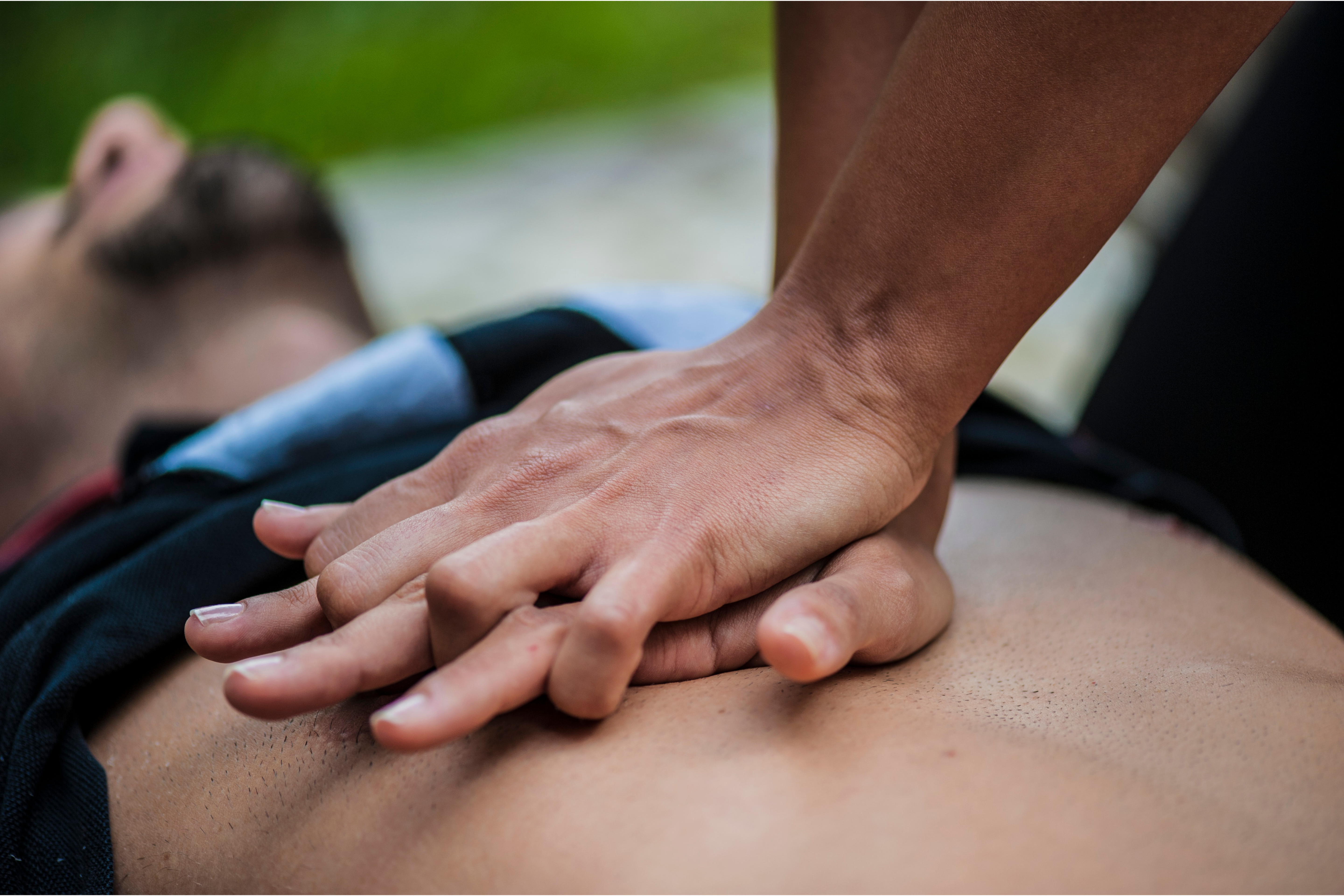Countless lives are saved every day by cardiopulmonary resuscitation, or CPR, and it’s some of the most valuable knowledge you can have. This week on the blog, we’re covering the basics of CPR, including when and how to give it.
When to use CPR
If someone is not breathing, it’s time to perform CPR. CPR can help them survive by circulating oxygenated blood through the body. Without blood flow and oxygen, the heart stops beating, and the brain starts shutting down. The average person can only withstand about six minutes without oxygen before irreversible damage is done to the brain.
CRP is most effective when it’s immediately administered once needed. CPR should only be given if someone shows no signs of life or when they are:
- Unconscious
- Unresponsive
- Not breathing normally or not breathing at all
If someone is gasping for air, use CPR, do not wait until they are not breathing.
Act Fast
One of the most common reasons people require CPR is from being submerged underwater, especially during the summer months.
If you see someone slip underwater, act as fast as possible. If a lifeguard is on duty, immediately alert them and anyone in the water close enough to help or jump in yourself.
Once they are above water, check if they’re breathing and conscious. Pat them on the back a few times to see if they need to cough up any water. If they are not breathing, call 911 and administer CPR until their heartbeat and breathing return or until professional medical help arrives.
Other common instances where CPR is needed include:
- Cardiac arrest
- Electrical injuries
- Choking/Suffocation
- Fires/Smoke Inhalation
How to Give CPR
The six basic steps to CRP are:
- Call 911 or ask someone else to.
- Lay the person on their back and open their airway.
- Check for breathing. If they are not breathing, start CPR.
- Perform 30 chest compressions.
- Give them two rescue breaths.
- Repeat until an ambulance or automated external defibrillator (AED) arrives.
For a detailed demonstration, watch the American Heart Association’s CPR live training video here. And save the graphic below on your phone for a handy reminder!

Being CPR certified can save lives, and everyone should strongly consider taking a CPR course to be prepared—especially if you have children. Click on the American Heart Association’s website here to find CPR training courses and classes near you.





Comments are closed